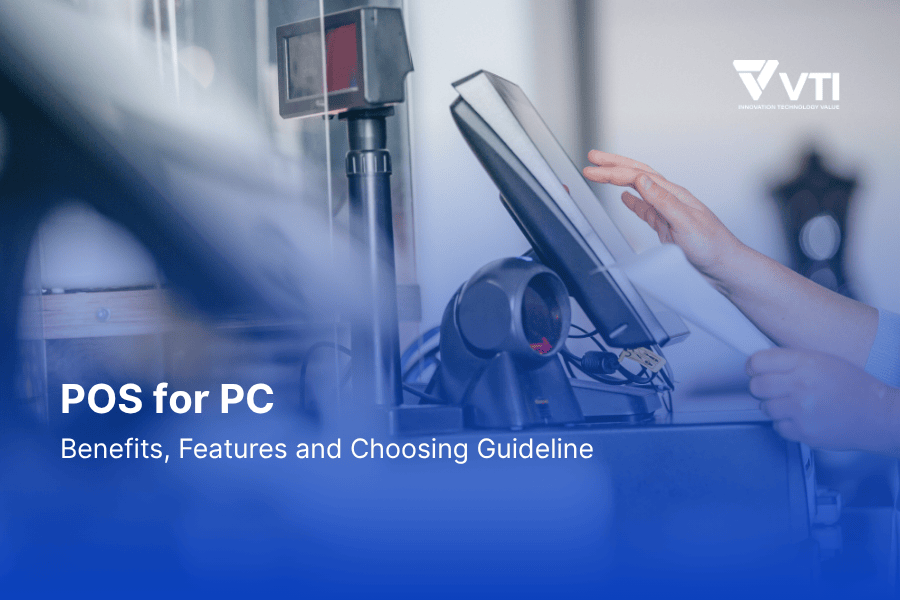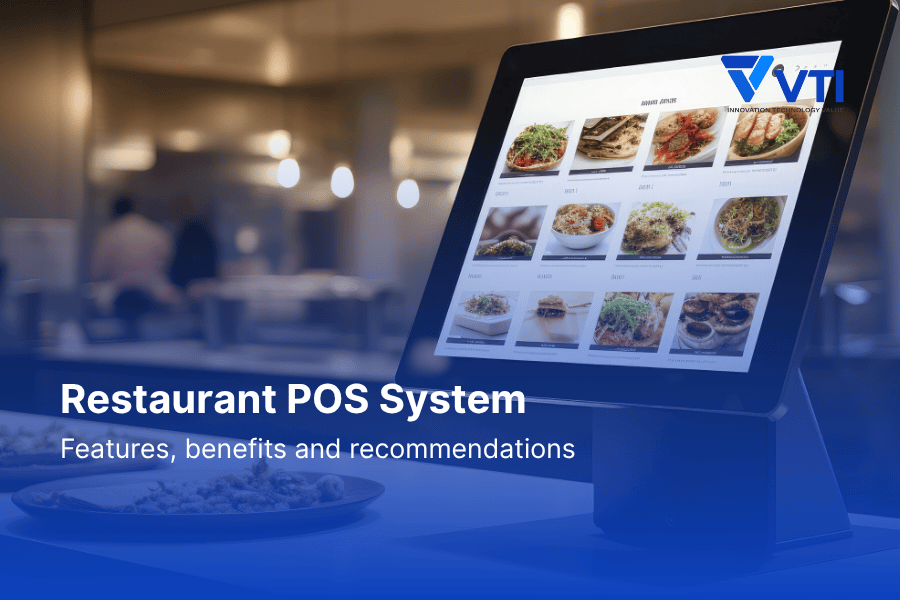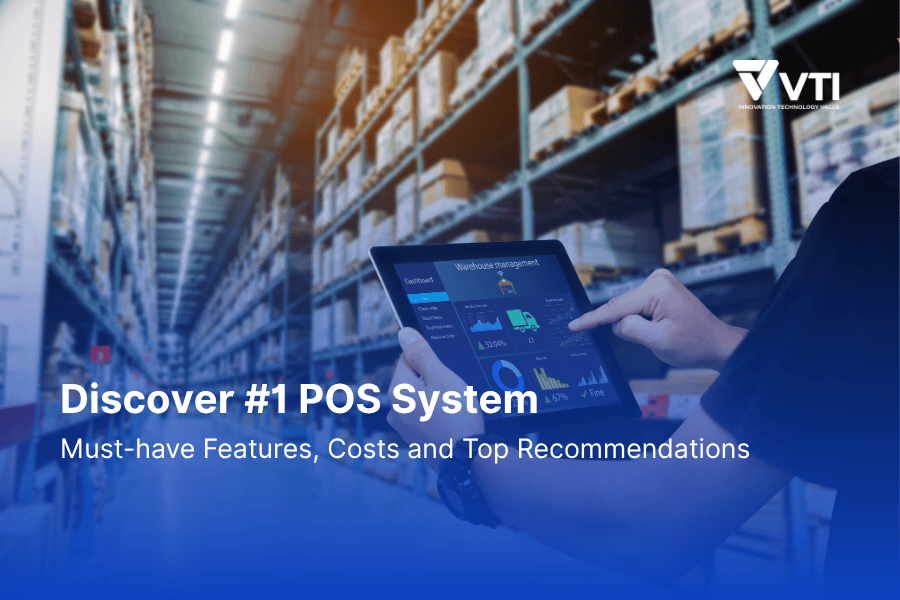Supply Chain Management (SCM) in 4.0 Industry and 4.0 Logistics is one of the most far-reaching industries for the global economy – especially in the current context, where e-commerce surged up significantly. The rise of Artificial Intelligence – AI in Logistics has fueled the growth of most service industries, and Logistics is no exception. AI in Logistics has opened up the “digital transformation era” by integrating, automating and simplifying operational procedures, saving a great deal of cost and time.
4.0 Logistics: A new era
According to the American Council of Logistics, Logistics is the process of planning, organizing, implementing, and controlling, in a cost-effective manner, the movement and storage of raw materials, semi-finished and finished products, along with relevant information from the start of production to the final consumption with the coordination of human forces and machines to meet the customer requirements.
Aside from humans, technology is a key competitive advantage in this potential but competitive Logistics market. 4.0 Logistics focuses on utilizing new and innovative technologies, e.g. paperless transportation order processing with electronic waybills. AI in Logistics has made huge a difference:
- Automatic Identification
- Real-time location
- Internet of Things, IoT
- Big Data processing in real-virtual networks
- Internet of Business (Internet of Business, IoB) or eBusiness
4.0 Logistics is a combination of advanced technologies for a more coherent operation: GPS, Barcode, Data Matrix code, Radio Frequency Identification RFID, Electronic Data Interchange EDI, Internet, and Telecommunications, as well as Architecture, on-premises, and Cloud software. Technology advances have triggered positive changes in supply chain operations, bringing Logistics vendors remarkable benefits:
- Eliminate unnecessary expenses
- Automate repetitive tasks
- Improve forecast accuracy
- Ensure product quality
- Enable real-time tracking and monitoring
- Upgrade transportation
- Advance decision making
AI in Logistics based on the Internet of Things and Big Data can solve labor and transportation vehicle problems that pose a headache to many logistics vendors.
How has AI in Logistics changed the way supply chains operate?
The supply chain is one of the top industries that witnessed breakthroughs with the help of 4.0 technology. Here are 03 highlight applications of AI in Logistics:
1. Demand forecasting
The rapid development of data is no stranger to the logistics industry.
Amazon’s success has demonstrated the importance of Big Data in a business strategy. Amazon analysed data of over 152 million customers to better understand purchase behaviour, thereby recommending relevant products according to purchase history and personal preferences.
However, how to effectively exploit these data sources, has always been a big headache for logistics planners – as they go through a lot of procedures manually. Data observation, capacity estimation, and network analyses make it almost implausible that a human brain would figure out an optimal route for delivery at a certain point in time. That is not to mention that those processes are time-intensive as logistics operation requires prompt resolution.
AI in Logistics, meanwhile, can perform all those tasks accurately within seconds. By compiling more accurate data and even adding relevant external factors to the calculation, AI certainly better estimates upcoming demand.
Take DHL for an example of how AI expedites logistics operations. DHL’s management system tracks over 8 million online and social media posts to detect underlying problems in the supply chain. With the help of ML and NLP, automated data extraction helps identify potential material shortage, access issues and supplier status. This keeps DHL ahead of what is coming and eliminates unnecessary extra costs.
2. Robots in transportation and delivery
Goods transportation is a repetitive operation and consumes plenty of time and workforce. AI in Logistics increases automation in the entire delivery process: order tracking, inventory management, product control, distance optimization, real-time fleet management, etc.
Automated Guided Vehicle AGV
An increase in the use of AGVs and autonomous mobile robots can easily be seen. With the ability to move in the warehouse without human guidance, AGVs can improve delivery operation efficiency, save time and keep goods safe while moving.
Robot
The need to operate quickly, flexibly, and efficiently has made the trend of using Robots in Logistics really take off in recent years. Robots can replace humans in almost any warehouse operations: receiving, warehousing, warehouse management, order processing, and shipping.
Drone – Unmanned delivery aircraft
This technology device is becoming more and more popular worldwide. Drones are programmed to deliver packages to a specified location or a sequence of locations in the optimal route, which saves a great deal of time, transportation costs, and errors compared to traditional shipping.
According to the survey, AI in Logistics reduces last-mile delivery costs by 14% and increases goods quantity delivered per vehicle by 13%.
3. Smart warehouse
Warehouses are automatically operated as AI and IoT connect everything: IoT shelving, IoT monitoring and inspection systems, i.e. ventilation, cooling equipment, etc., ensuring goods preservation, security monitoring, fire, and explosion prevention, etc. Goods handling machinery and equipment are also automated and integrated with the network system. IoT applications are increasingly used and play a key role in this 4.0 era. Outstanding advantages of Smart Warehouse include:
- Smart warehouse management, safe and easy automated operation
- High stability, low operation cost
- Flexible control, qualified to meet customer requirements
- Significant increase in storage capacity
AI in Logistics offers automation in every stage of warehousing, thanks to a network of connected IoT devices. Connected via the internet and operated by command changes, the Logistics algorithm optimizes warehouse operations: receiving, put-away, picking, etc. Smart warehouses also provide special modes for goods preservation: cooling, ventilation, avoiding sunlight, etc., and protect against fire, explosion, electrical leakage, illegal intrusion, etc.
In addition, smart warehouses are supported by other simple but effective solutions to internal traffic systems: pallet conveyor systems, roller conveyors, etc. In the future, warehouses are predicted to be built specifically for machines that work 24/7 without the need for supervision.
See more: VTI’s Warehouse Management System WMS-X
Apply AI in Logistics operations today with VTI
VTI provides one-stop software development solutions with strong expertise in AI, for digital transformation and business growth.
Logistics requires specific and detailed planning and flexible coordination among suppliers, customers, and other related parties. Logistics vendors can apply Machine Learning to inventory management and demand & supply forecasts, thereby analyzing data and making appropriate plans accordingly. This helps to optimize the distribution of goods and ensure a balance between supply and demand. If you have any doubts or worries, we recommend our consulting services. Contact us now and get started with your digital transformation journey.
VTI – Innovation Technology Value
Hotline: (+84) 24 7306 9996
Email: [email protected]
Facebook: VTI
![[FREE EBOOK] Strategic IT Outsourcing: Optimizing Cost & Workforce Efficiency](https://vti.com.vn/wp-content/uploads/2023/08/cover-mockup_ebook-it-outsourcing-20230331111004-ynxdn-1.png)





